Home>Garden Essentials>When Does Chickweed Germinate
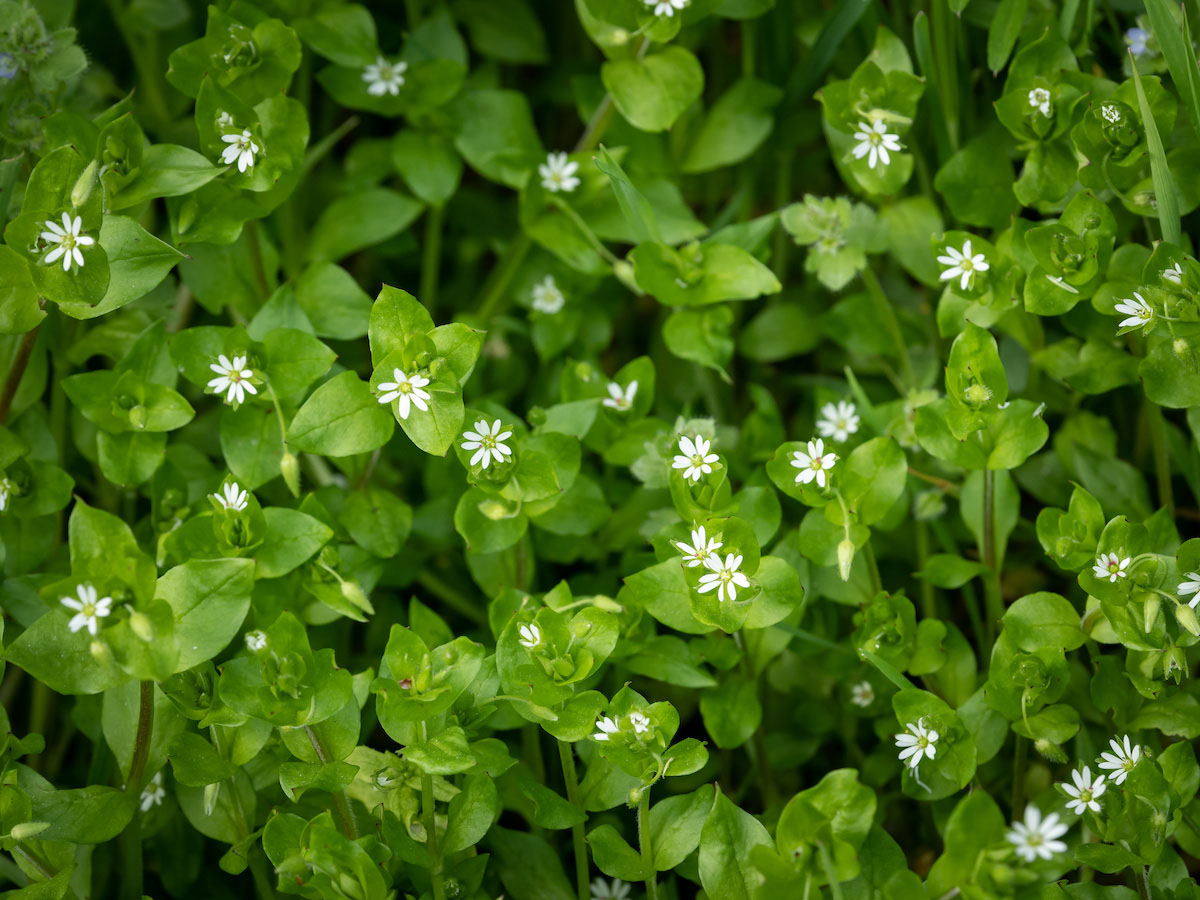

Garden Essentials
When Does Chickweed Germinate
Modified: March 15, 2024
Discover when chickweed germinates in the garden. Find out the best time to plant and manage this common weed with expert gardening tips.
(Many of the links in this article redirect to a specific reviewed product. Your purchase of these products through affiliate links helps to generate commission for Storables.com, at no extra cost. Learn more)
Introduction
Chickweed (Stellaria media) is a common weed that can quickly invade gardens and lawns if left unchecked. It is a cool-season annual weed with a prolific seed production capability, making it challenging to manage. Understanding when chickweed germinates can help gardeners implement effective control measures and prevent its spread.
In this article, we will explore the factors that affect chickweed germination, including temperature requirements, soil moisture levels, light conditions, seed depth, and nutrient availability. By understanding these factors, gardeners can take proactive measures to prevent chickweed from becoming a nuisance in their gardens.
Key Takeaways:
- Chickweed thrives in cooler temperatures between 50-75°F. Timing weed control based on temperature can enhance its effectiveness in preventing chickweed infestations.
- Adequate soil moisture, shallow planting, and balanced nutrient levels are crucial for successful chickweed germination. Implementing these measures can effectively manage chickweed in gardens and lawns.
Read more: When Does Switchgrass Germinate
Factors Affecting Chickweed Germination
Chickweed germination is influenced by several factors, which play a crucial role in the successful establishment of this weed. By understanding these factors, gardeners can employ strategic approaches to control chickweed effectively. Let’s take a closer look at the key factors affecting chickweed germination.
- Temperature: Chickweed is a cool-season weed that thrives in temperatures between 50-75°F (10-24°C). Its germination is most favorable when soil temperatures range between 55-60°F (13-15°C). Cooler temperatures in early spring or fall provide optimal conditions for chickweed germination.
- Soil Moisture Levels: Adequate soil moisture is essential for chickweed germination. Seeds require consistent moisture for successful sprouting. Excessive dryness or saturation can hinder germination. Maintaining soil moisture at a moderate level is critical for chickweed seed germination.
- Light Conditions: Chickweed seeds require exposure to light for germination. They are considered light-sensitive seeds. This means that if they are buried too deep, they are unlikely to germinate. Shallow planting, or simply pressing the seeds into the soil surface, increases the chances of successful germination.
- Seed Depth: As mentioned earlier, chickweed seeds are shallow germinators. They require access to light for successful sprouting. Planting seeds no deeper than ¼ to ½ inch (0.6 to 1.3 cm) will ensure adequate light penetration, promoting optimal germination rates.
- Nutrient Availability: The availability of essential nutrients in the soil can affect chickweed germination. Adequate levels of nitrogen and phosphorus can promote germination, while deficiencies in these nutrients may hinder the process. Ensuring a well-balanced nutrient profile in the soil can help manage chickweed germination effectively.
By considering these factors, gardeners can gain insights into the optimal conditions and timing for chickweed germination. This knowledge can inform their weed control strategies and help them minimize the impact of chickweed on their gardens and lawns.
Temperature Requirements for Chickweed Germination
Temperature plays a crucial role in the germination of chickweed seeds. Being a cool-season weed, chickweed thrives in cooler temperatures, typically in the range of 50-75°F (10-24°C). Understanding the temperature requirements for chickweed germination can help gardeners time their control efforts effectively.
Chickweed seeds have a specific temperature range at which they germinate most efficiently. The optimum soil temperature for chickweed germination is around 55-60°F (13-15°C). When the soil temperature falls within this range, the seeds are more likely to sprout and establish themselves.
In early spring, when soil temperatures begin to rise, chickweed seeds germinate readily. This is why it is often one of the first weeds to appear in gardens and lawns during the transition from winter to spring. As temperatures increase, chickweed may continue to germinate throughout the spring season.
However, it’s important to note that extreme temperature conditions can hinder chickweed germination. If temperatures are too cold, below 50°F (10°C), the seeds may remain dormant and delay germination until conditions become favorable. On the other hand, if temperatures exceed 75°F (24°C), chickweed germination may be reduced or slowed down significantly.
Gardeners can take advantage of the temperature requirements for chickweed germination to implement control strategies. Timing weed management practices, such as pre-emergent herbicide application or hand-pulling, based on temperature can enhance the effectiveness of these methods. Monitoring soil temperature using a soil thermometer can provide valuable insights into the optimal timing for weed control.
By understanding the temperature requirements for chickweed germination, gardeners can anticipate the emergence of this invasive weed and take appropriate measures to prevent its spread. Maintaining a vigilant approach and implementing weed control techniques at the right time can help keep chickweed infestations under control and promote a healthy and thriving garden.
Optimum Soil Moisture Levels for Chickweed Germination
Soil moisture plays a vital role in the germination of chickweed seeds. Adequate moisture levels are necessary for the successful sprouting and establishment of this weed. Understanding the optimum soil moisture levels for chickweed germination can help gardeners implement effective control measures.
Chickweed seeds require consistent moisture to germinate. Dry soil conditions can hinder germination, while excessive moisture can lead to seed rot or the growth of other competing organisms. Maintaining soil moisture at a moderate level is crucial for promoting chickweed germination.
Ideally, the soil should be evenly moist but not waterlogged. Gardeners can achieve this by providing a light watering to keep the top inch or two of the soil slightly damp. However, it is important to avoid overwatering, as it can lead to waterlogging and create conditions unfavorable for germination.
In addition to moisture levels, the frequency of irrigation also plays a role in chickweed germination. Consistent, regular irrigation can help provide the necessary moisture for optimal seed sprouting. However, intermittent or sporadic watering can disrupt the germination process and result in inconsistent seedling emergence.
Gardeners should also be mindful of the soil type when considering moisture levels for chickweed germination. Sandy soils tend to drain quickly and may require more frequent watering, while heavy clay soils may retain moisture for longer durations. Adjusting the watering schedule accordingly can help maintain the ideal moisture levels for chickweed germination.
It is worth noting that chickweed seeds can remain viable in the soil for several years, waiting for favorable moisture conditions to germinate. This is why regular monitoring and preemptive measures, such as mulching or weed barrier installation, can help prevent chickweed infestations by reducing moisture availability for seed germination.
By understanding the optimum soil moisture levels for chickweed germination, gardeners can adopt appropriate irrigation practices and prevent excessive drying or saturation of the soil. Maintaining a balanced moisture level in the soil enhances the chances of successful chickweed seed sprouting and aids in effective weed management.
Chickweed typically germinates in the early spring when soil temperatures are around 50-60°F. Keep an eye out for it in your garden or lawn during this time.
Light Conditions and Chickweed Germination
Light conditions play a crucial role in the germination of chickweed seeds. Chickweed seeds are considered light-sensitive, meaning they require exposure to light to initiate the germination process. Understanding the impact of light conditions on chickweed germination can help gardeners implement effective control strategies.
Chickweed seeds are shallow germinators, meaning they need access to light for successful sprouting. If the seeds are buried too deep, they are unlikely to germinate. For optimal germination rates, it is recommended to plant chickweed seeds no deeper than ¼ to ½ inch (0.6 to 1.3 cm) into the soil or simply press them into the soil surface.
Exposing the seeds to light triggers a series of physiological changes that lead to germination. When light hits the seed, it stimulates the production of specific enzymes that break down complex molecules in the seed coat, enabling the embryo to grow and emerge from the seed.
In natural settings, chickweed seeds often find favorable germination conditions in bare soil patches or areas with reduced vegetation cover. These areas allow sufficient light penetration for the seeds to receive the light cues necessary for germination. This is why chickweed tends to thrive in areas such as recently disturbed soil, thin lawns, or bare patches in gardens.
It is important to note that excessive shade can inhibit chickweed germination. If the seeds receive little to no light, either due to dense vegetation or deep burial, their germination rates may be significantly reduced. To minimize the chances of germination, it is recommended to maintain a dense, healthy turfgrass or vegetation cover that limits light penetration to the soil surface.
By understanding the light requirements for chickweed germination, gardeners can adopt cultural practices that limit light availability for the weed. Regular mowing, promoting a healthy lawn or garden bed with dense plantings, and shading bare patches with mulch can all help prevent chickweed germination by minimizing light exposure to the seeds.
Implementing these practices, along with other weed control measures such as hand weeding or the use of pre-emergent herbicides, can effectively manage chickweed populations and maintain a well-maintained garden or lawn.
Read more: When Does Crabgrass Germinate In Iowa
Impact of Seed Depth on Chickweed Germination
The depth at which chickweed seeds are planted significantly impacts their germination success. Chickweed seeds are shallow germinators, meaning they require access to light to trigger the germination process. Understanding the impact of seed depth on chickweed germination can help gardeners implement effective control measures.
Chickweed seeds should be planted no deeper than ¼ to ½ inch (0.6 to 1.3 cm) into the soil, or ideally, pressed gently onto the soil surface. Planting the seeds at this shallow depth ensures that they receive sufficient light for germination. If the seeds are buried too deep, they may not receive the light cues necessary to initiate the germination process.
Experiments have shown that chickweed germination is drastically reduced when seeds are buried deeper than their optimal depth. When planted at depths greater than ½ inch, chickweed seeds struggle to reach the soil surface, where they can absorb light and begin sprouting. This can result in poor germination rates and reduced overall seedling emergence.
In addition to light access, the shallow planting depth also allows the seeds to benefit from the favorable soil conditions near the surface. The top layer of soil tends to be warmer and provides better oxygen availability, essential for seed germination. Planting chickweed seeds at this depth maximizes their chances of obtaining the necessary nutrients and moisture for successful growth.
If you are attempting to control chickweed in your garden or lawn, be mindful of the depth at which you are planting other plants or spreading mulch. Deep planting or excessive mulching can inadvertently bury chickweed seeds too deep, promoting their germination and subsequent growth.
It’s also worth noting that chickweed can still germinate even if the seeds are not initially buried deep. They can be easily brought to the soil surface through natural disturbances, such as rainfall, erosion, or cultivation. This is why regular monitoring and weed control practices should be implemented to prevent chickweed seedlings from establishing and spreading.
By understanding the impact of seed depth on chickweed germination, gardeners can ensure that the weed seeds do not receive the requisite light for germination. Combining shallow planting, proper mulching techniques, and regular garden maintenance can effectively minimize chickweed infestations and promote a healthy garden or lawn.
Effects of Nutrient Availability on Chickweed Germination
Nutrient availability in the soil plays a significant role in the germination of chickweed seeds. Adequate levels of essential nutrients can promote germination, while nutrient deficiencies or imbalances may hinder the process. Understanding the effects of nutrient availability on chickweed germination can help gardeners implement effective control strategies.
Chickweed seeds require a sufficient supply of nutrients to fuel their germination and early growth. Nitrogen (N) and phosphorus (P) are two key nutrients that play crucial roles in promoting seed germination and development. These nutrients are essential for energy production, cell division, and overall plant growth.
When the soil is deficient in nitrogen or phosphorus, chickweed germination rates may be reduced. Insufficient nutrient levels can limit the plant’s ability to carry out essential metabolic processes required for germination. This may lead to delayed or unsuccessful seed sprouting.
On the other hand, excessive nutrient availability can also affect chickweed germination. High levels of nitrogen, in particular, can promote lush vegetative growth and discourage seed germination. This is because the plant directs its energy towards leaf and stem development rather than seed production.
It’s important to achieve a balanced nutrient profile in the soil to support plant growth while minimizing the chances of chickweed germination. Conducting a soil test can provide valuable insights into nutrient deficiencies or excesses, allowing gardeners to make informed decisions about soil amendments and fertilization practices.
By maintaining optimal nutrient levels in the soil, gardeners can create an environment that discourages chickweed germination and growth. Choosing fertilizers with formulations that promote the growth of desired plants but limit the availability of nutrients that promote weed growth can be an effective strategy for weed control.
Additionally, employing cultural practices such as proper watering and adjusting pH levels to meet the optimal range for desired plants can contribute to a healthy and well-balanced soil nutrient profile. This, in turn, helps to suppress chickweed germination and reduce its establishment in gardens and lawns.
It is important to note that while nutrient availability can impact chickweed germination, it is not the sole factor determining weed growth and establishment. Implementing a comprehensive weed management plan, including practices like mulching, hand-weeding, and the use of pre-emergent herbicides, can provide additional control measures to combat chickweed infestations.
By understanding the effects of nutrient availability on chickweed germination, gardeners can create an environment that promotes the growth of desired plants while minimizing the likelihood of chickweed establishment. Striking a balance in nutrient management is key to maintaining a healthy and thriving garden.
Conclusion
Understanding the factors that influence chickweed germination is essential for effective weed control in gardens and lawns. By considering temperature requirements, optimum soil moisture levels, light conditions, seed depth, and nutrient availability, gardeners can implement strategic measures to prevent the spread of chickweed and maintain a healthy garden environment.
Chickweed is a cool-season weed that thrives in temperatures between 50-75°F (10-24°C). The optimum soil temperature for chickweed germination is around 55-60°F (13-15°C). Timing weed management practices based on temperature can enhance their effectiveness.
Adequate soil moisture is necessary for chickweed germination. Maintaining a moderate level of soil moisture, neither too wet nor too dry, promotes successful sprouting. Consistent, regular irrigation can provide the necessary moisture for optimal seed emergence.
Chickweed seeds are light-sensitive and require exposure to light for germination. Shallow planting, no deeper than ¼ to ½ inch (0.6 to 1.3 cm), ensures adequate light penetration and enhances germination rates.
The nutrient availability in the soil also affects chickweed germination. Balanced nutrient levels, particularly nitrogen (N) and phosphorus (P), are essential for seed sprouting. Nutrient deficiencies or excesses can hinder germination or promote lush vegetative growth instead.
In conclusion, by considering these factors and implementing appropriate control measures, such as shallow planting, proper watering, and soil nutrient management, gardeners can effectively manage chickweed germination. Regular monitoring, timely weed control, and a comprehensive management plan that includes practices like mulching, hand-weeding, and the use of pre-emergent herbicides can help prevent chickweed from becoming a nuisance in gardens and lawns.
By staying proactive and addressing these factors, gardeners can maintain a beautiful and healthy garden environment, free from the invasive presence of chickweed.
Frequently Asked Questions about When Does Chickweed Germinate
Was this page helpful?
At Storables.com, we guarantee accurate and reliable information. Our content, validated by Expert Board Contributors, is crafted following stringent Editorial Policies. We're committed to providing you with well-researched, expert-backed insights for all your informational needs.
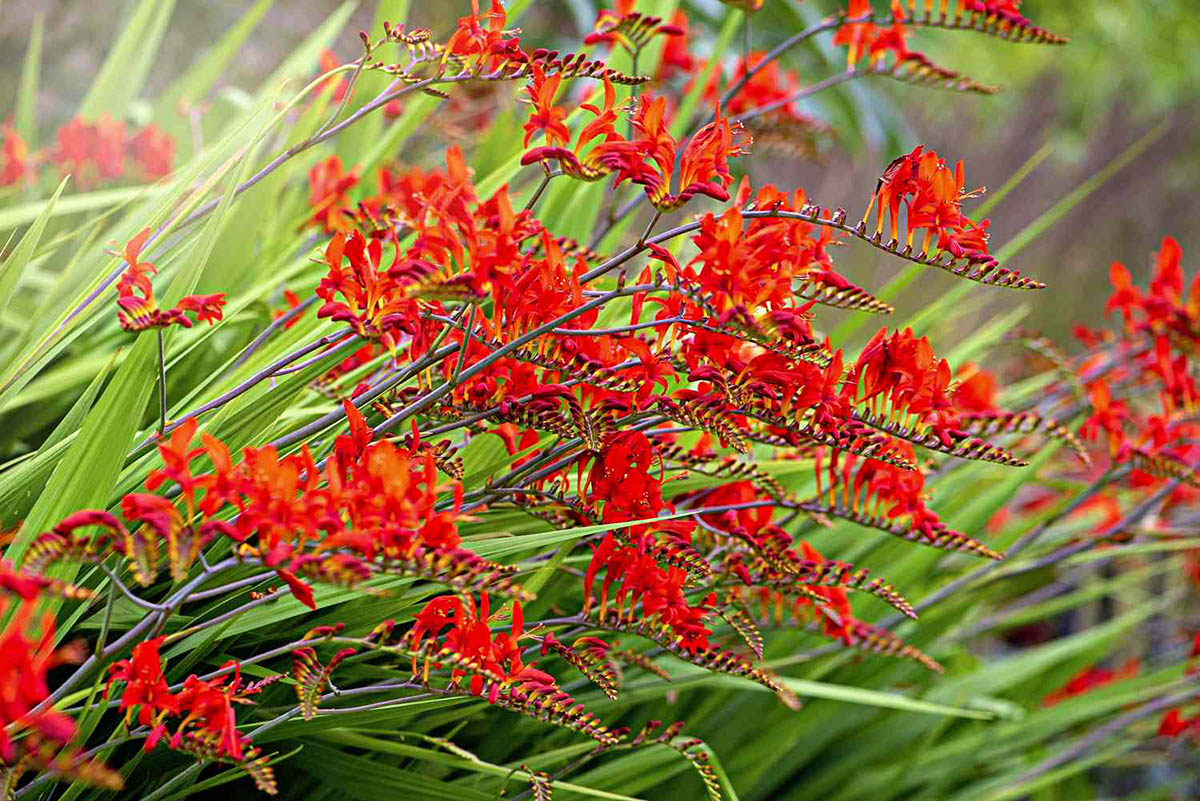
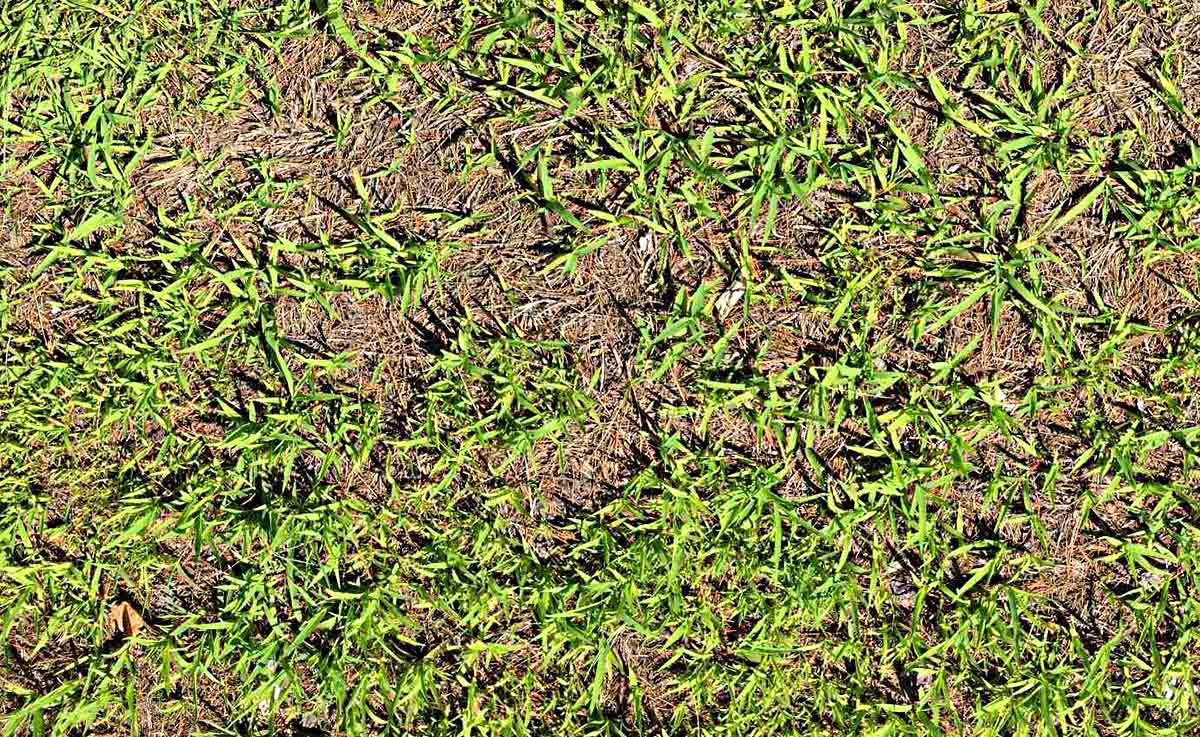
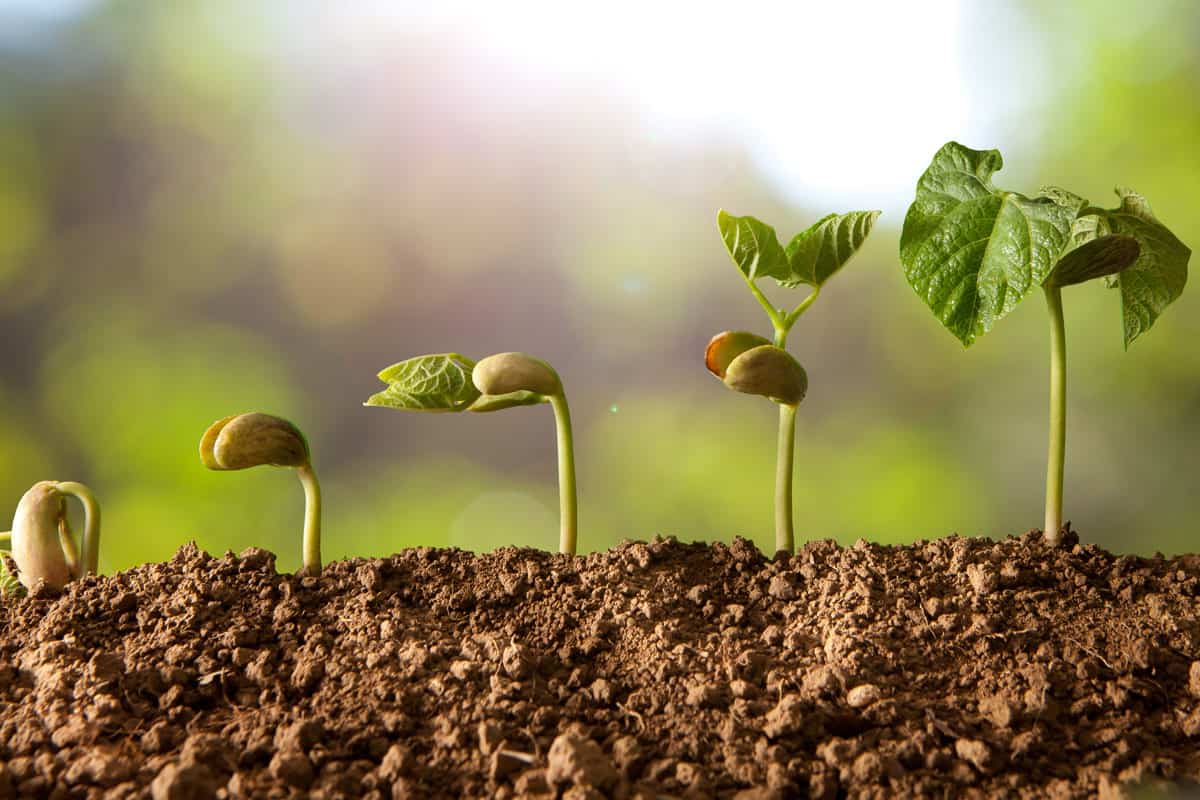
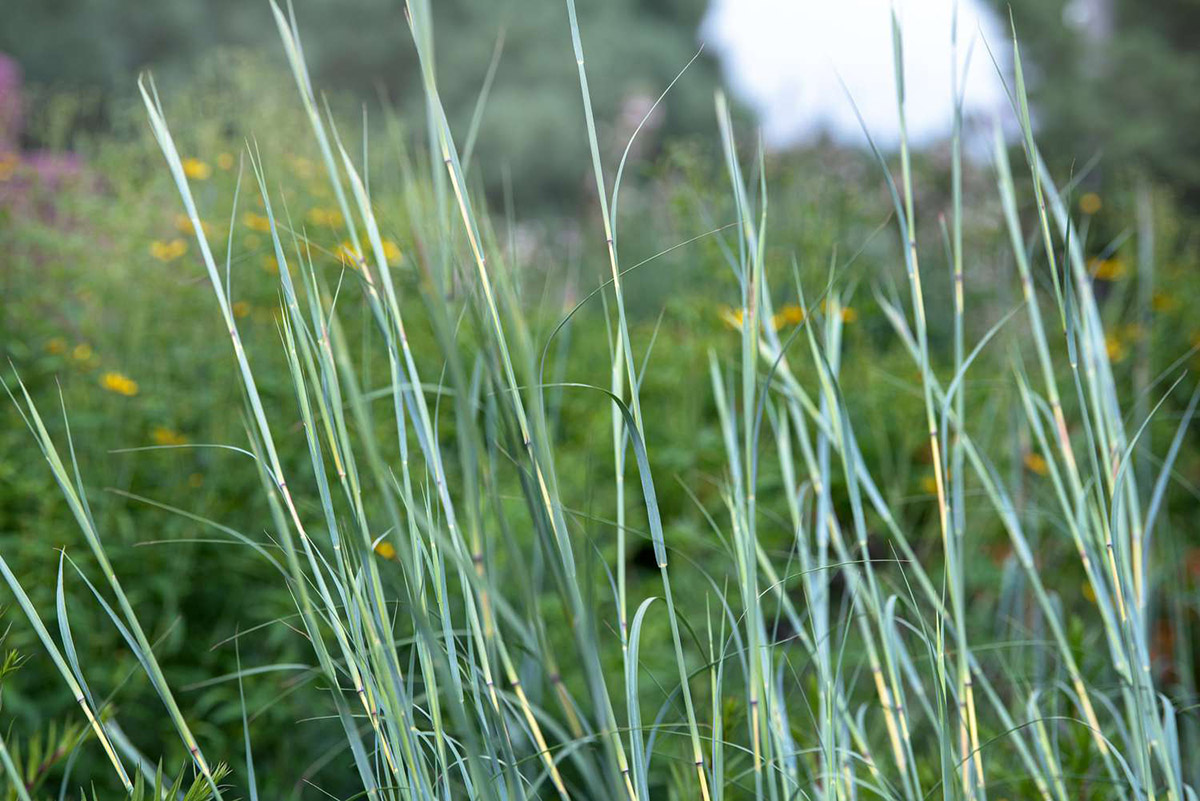
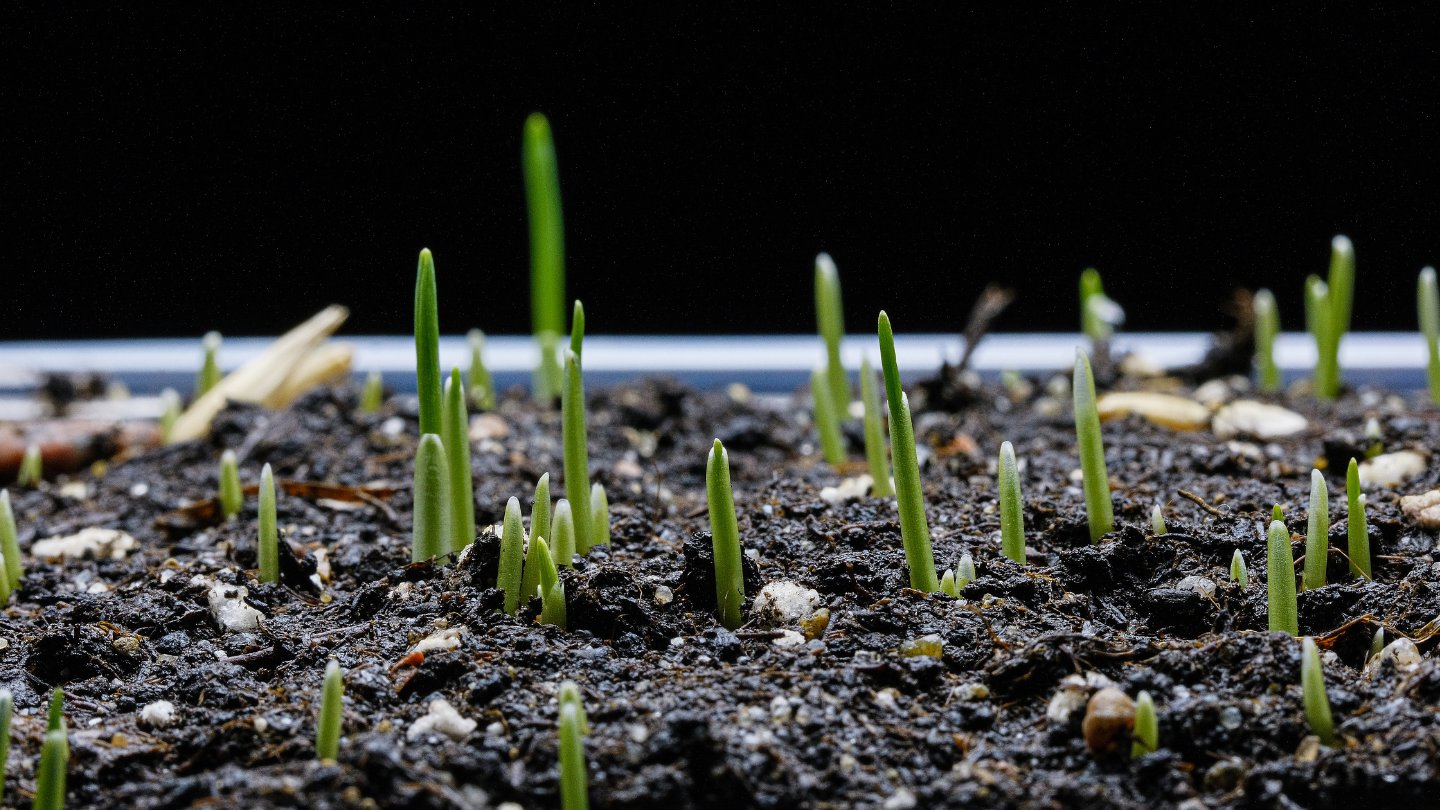
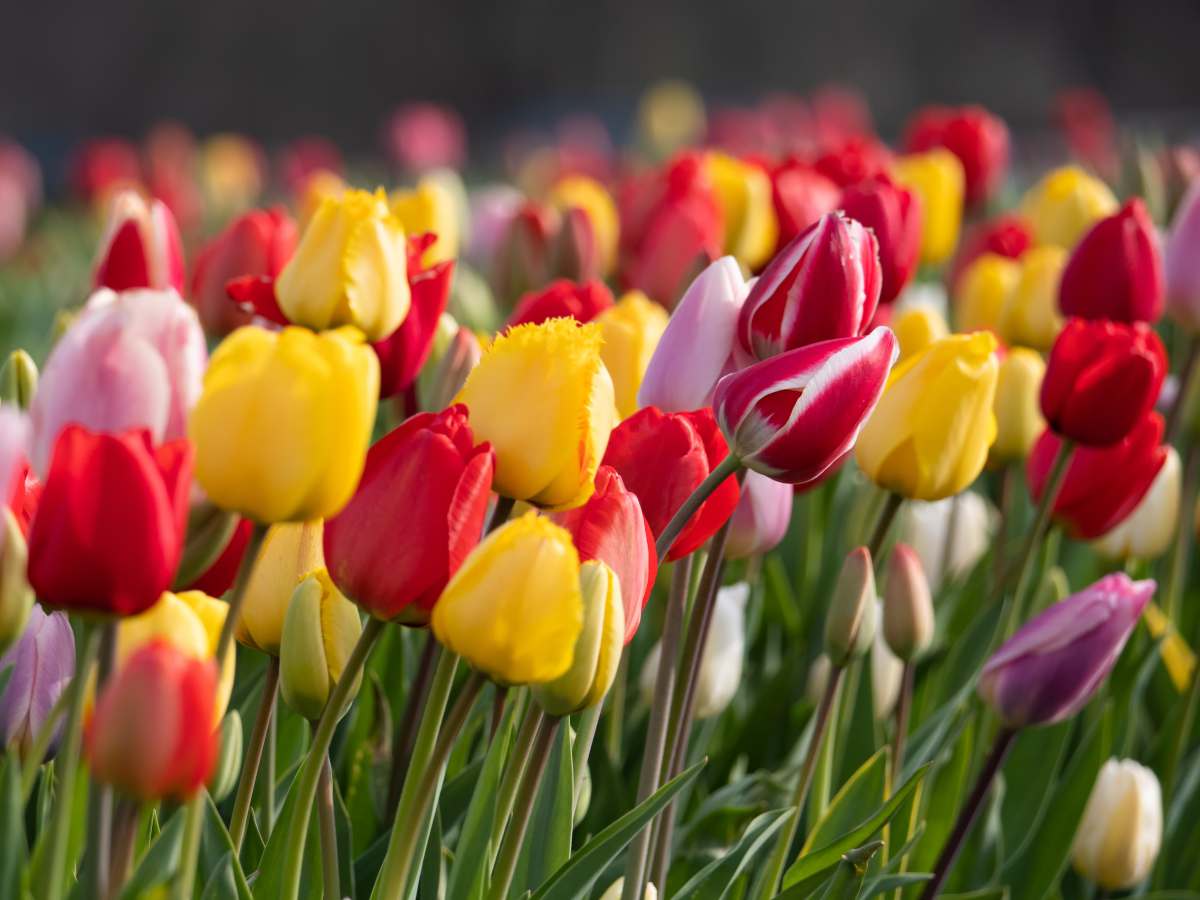
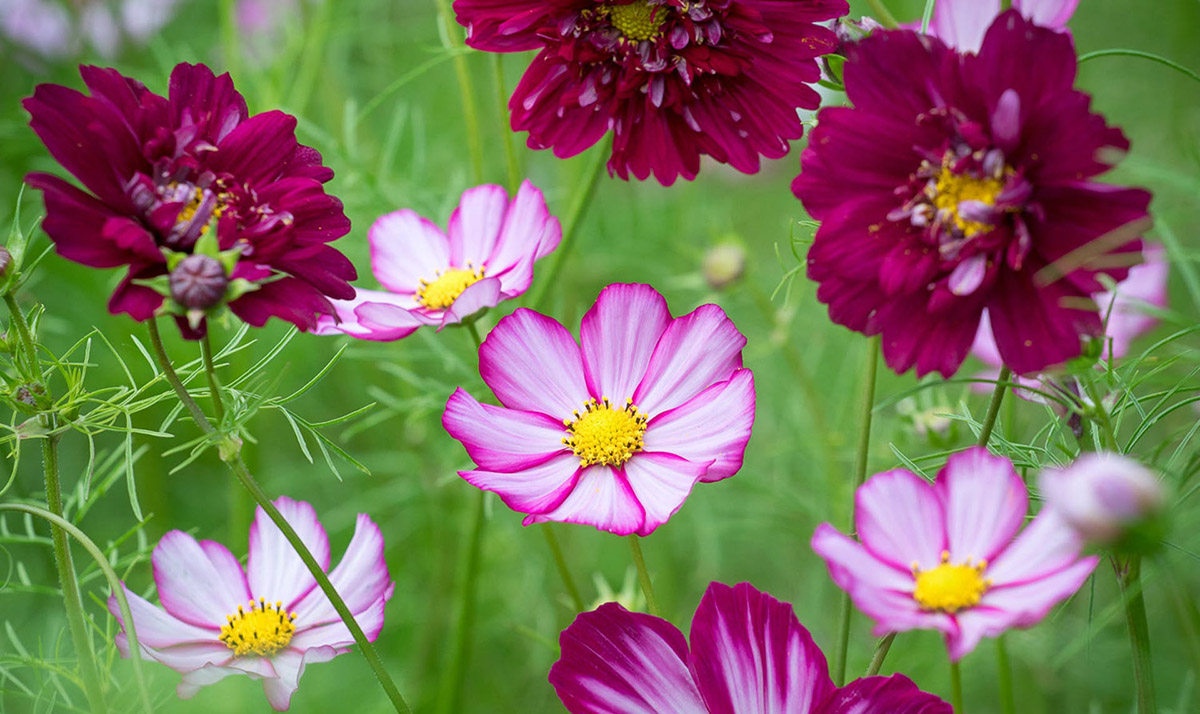

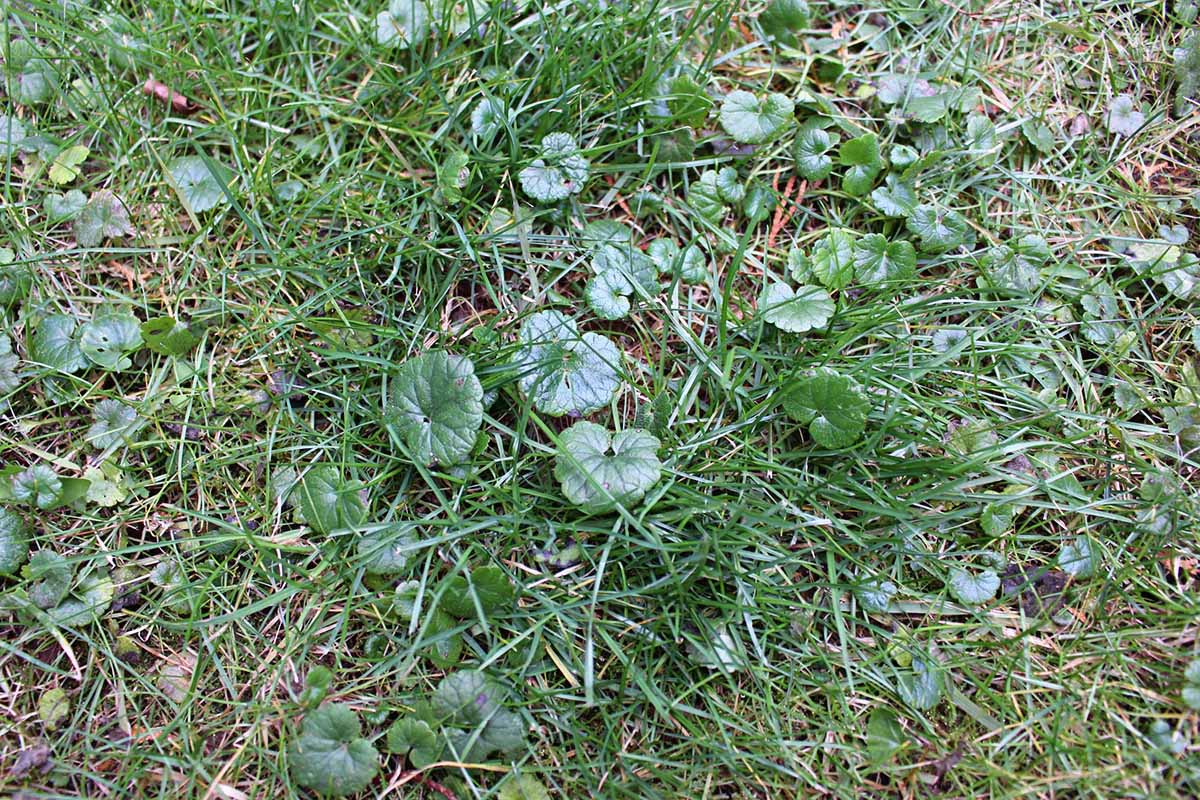
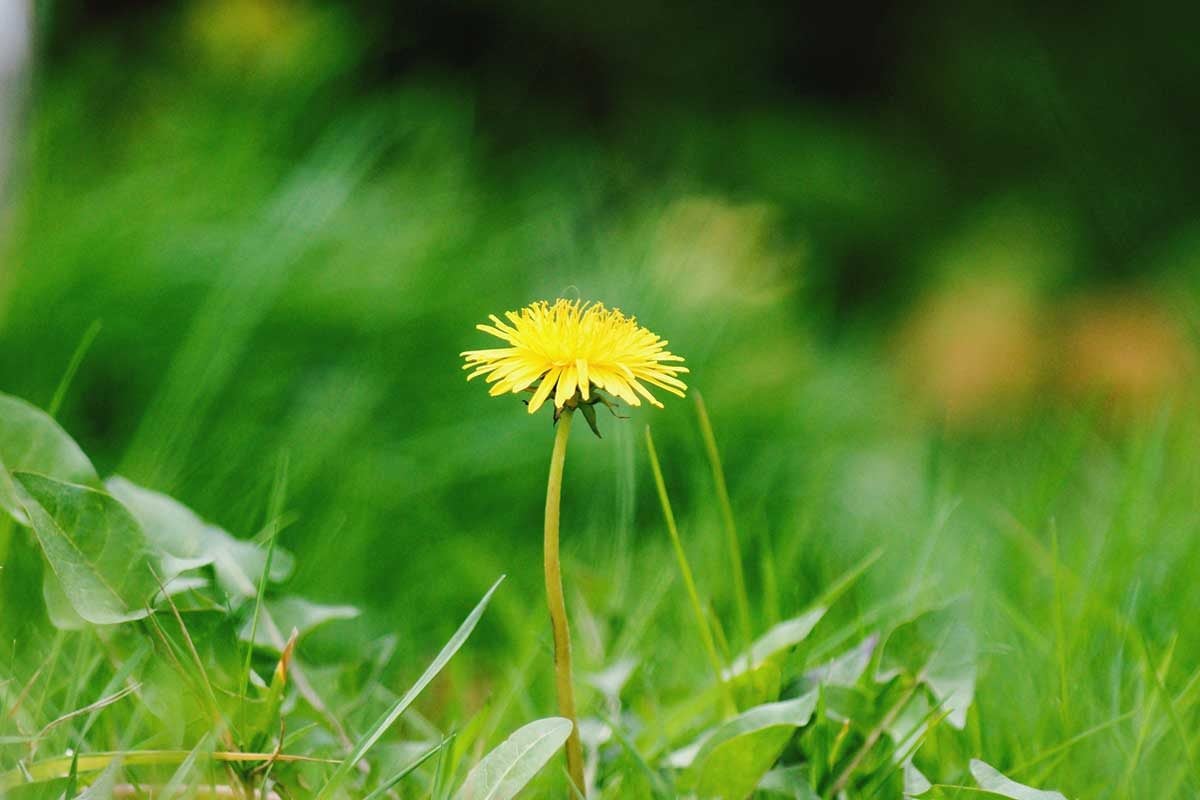
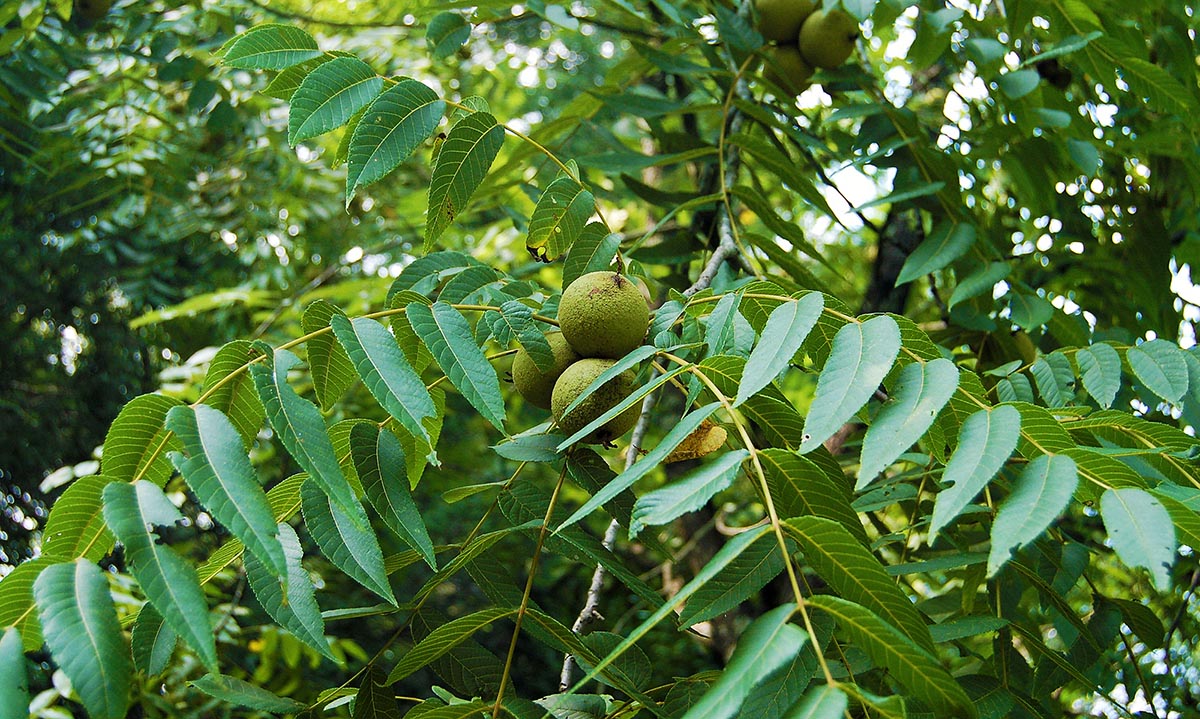
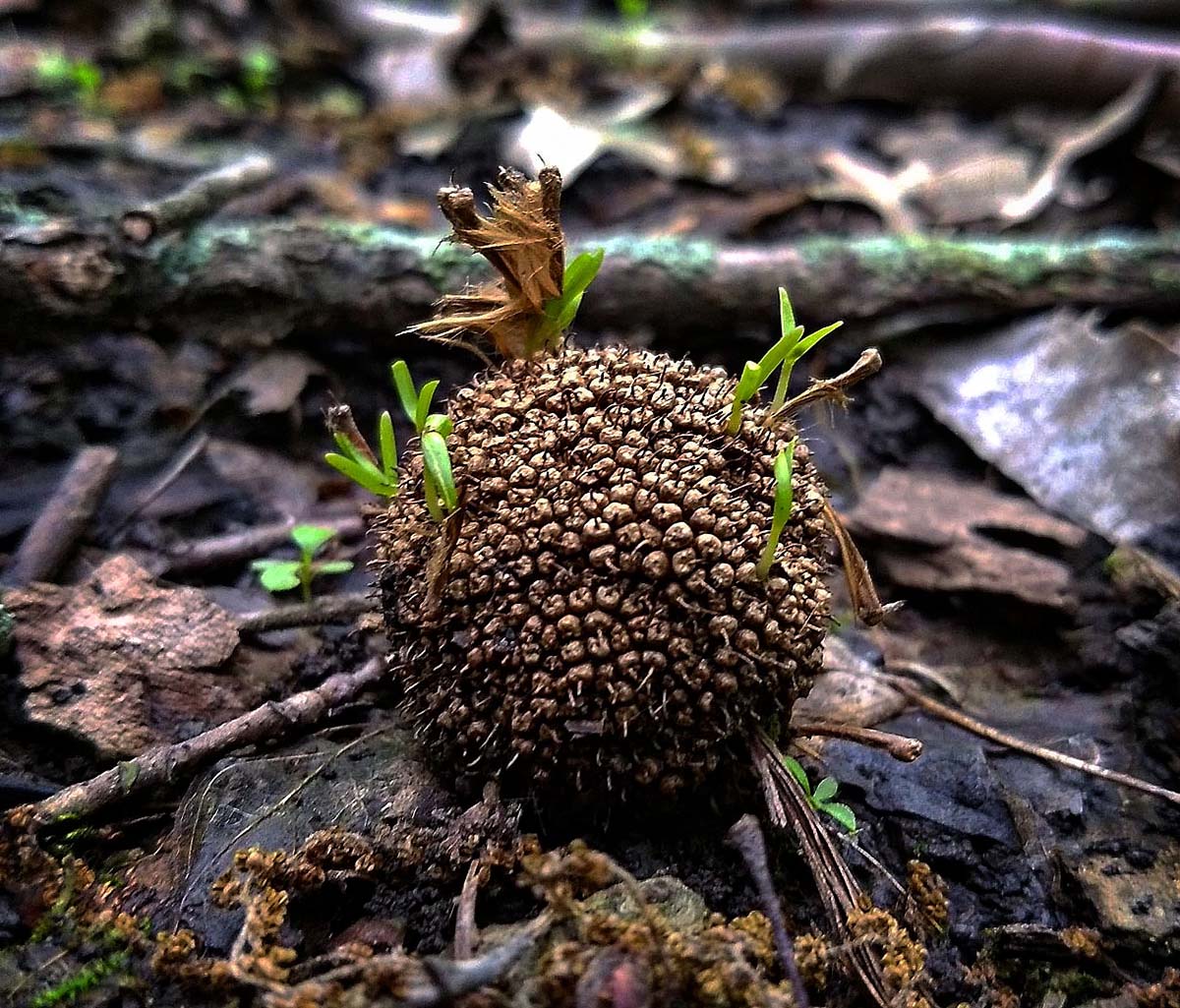
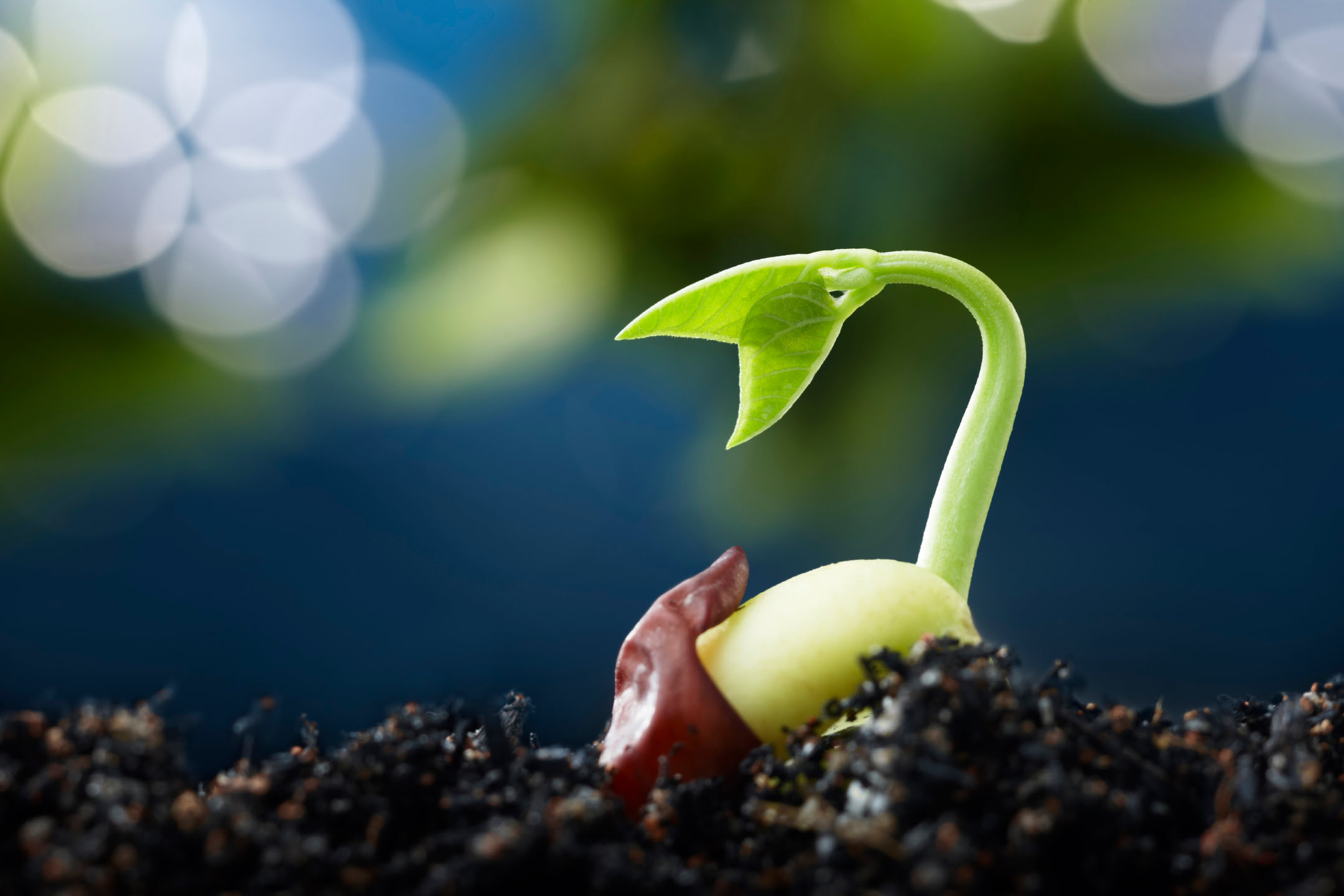
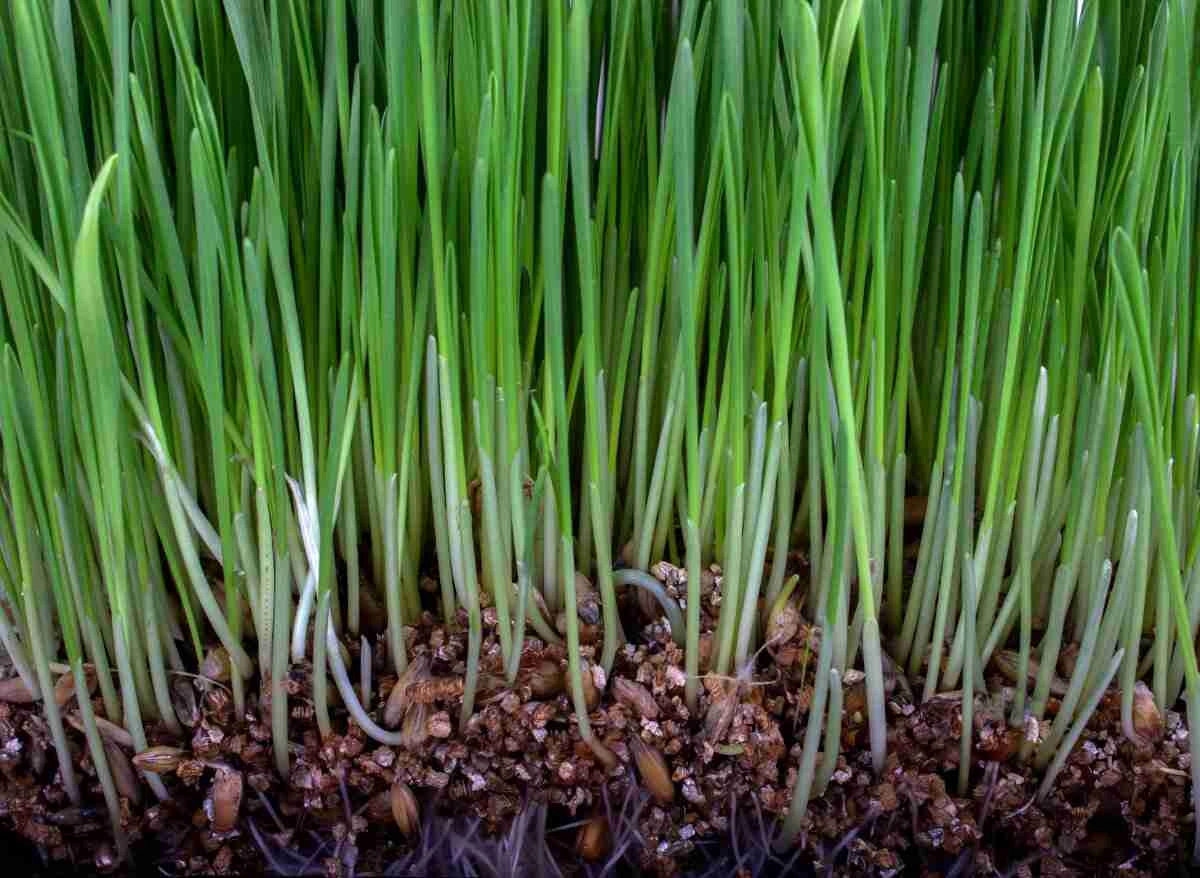

0 thoughts on “When Does Chickweed Germinate”